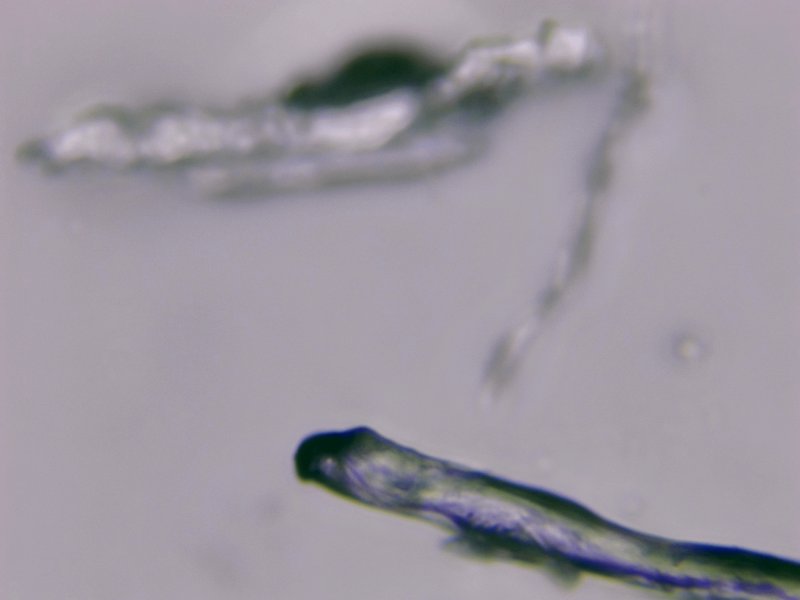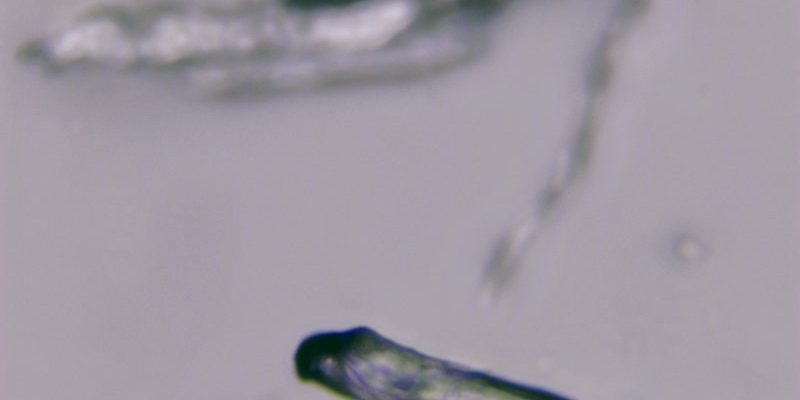
Just imagine a bustling city where everyone has a job to do. In the same way, nematomorphs contribute to the ecosystems they inhabit, which include freshwater bodies and moist terrestrial environments. They’re not just solitary wanderers; they engage with various tiny organisms, influencing the dynamics of their communities—like a helpful neighbor lending a hand. In this article, we’ll dive deep into how nematomorphs interact with other microfauna and what that means for their ecosystems.
What Are Nematomorphs?
Before we dig into their interactions, let’s clarify what nematomorphs are. These long, slender worms can reach impressive lengths, sometimes up to several meters! Typically, they emerge as adults from their host organisms—often insects—after living a parasitic life stage. Once they mature, they may leave their host in dramatic fashion, like a magician pulling a rabbit out of a hat.
These beautiful creatures are not just survivors; they play essential roles in the ecosystems they inhabit. Their life cycle includes both aquatic and terrestrial stages, allowing them to interact with a diverse range of microfauna. This duality helps them connect with various species, making them a crucial part of their food webs.
The Role of Nematomorphs in Food Webs
Nematomorphs are like the entertainers of the food web—they’re involved in both the predator and prey relationships within their ecosystems. They often impact populations of their hosts, which are usually insects like crickets and grasshoppers. When a nematomorph infects its host, it alters the host’s behavior, making it more likely to seek out water, where the nematomorph can emerge.
This makes them fascinating players in the predator-prey game. By controlling their hosts, nematomorphs indirectly regulate insect populations, keeping the ecosystem in balance. Without them, we might see a rise in certain insect species, which could lead to overpopulation and resource depletion.
Interactions with Other Microfauna
You might be wondering how nematomorphs engage with other tiny critters in their environment. These interactions often occur through competition and parasitism. For instance, when nematomorphs leave their insect hosts, they can affect the local microfauna by creating a sudden influx of nutrients as they decompose. This nutrient boost can benefit other organisms in the ecosystem, like bacteria and fungi, enabling them to thrive.
Additionally, nematomorphs might compete with other parasites for hosts. This competition can shape the populations of various microfauna, leading to shifts in community dynamics. It’s a bit like a game of musical chairs—when one player leaves or changes position, it creates ripple effects that can alter the entire game.
The Impact of Environmental Changes
When considering how nematomorphs interact with their ecosystem, it’s also crucial to think about environmental changes. The health of aquatic and terrestrial habitats can directly impact nematomorph populations and, subsequently, their relationships with other microfauna. For example, pollution can reduce the availability of suitable hosts, while climate change might shift the balance of species in these habitats.
Healthy ecosystems support diverse communities, enabling nematomorphs and their microfauna neighbors to thrive. If we neglect the health of these environments, we risk disrupting the delicate balance they rely on.
Nutrient Cycling and Decomposition
Another vital role nematomorphs play is in nutrient cycling. As they infect and eventually exit their hosts, they contribute to the cycle of energy and nutrients in the ecosystem. When nematomorphs die, their bodies decompose and release nutrients back into the soil and water, feeding microorganisms and plants.
You could think of nematomorphs as tiny recyclers, helping to ensure that nutrients don’t go to waste. This process enriches the environment and supports a wide range of life forms, from plants to bacteria, reinforcing the interconnectedness of all organisms.
The Fascinating Life Cycle of Nematomorphs
The life cycle of a nematomorph is a story in itself. They start as eggs, usually found in or near water. Once they hatch, the larvae seek out an insect host. Inside the host, the nematomorph grows and develops, eventually manipulating its host’s behavior to ensure it reaches a water source.
Upon reaching water, the adult nematomorph emerges, ready to start the cycle anew. This life cycle not only showcases their adaptability but also highlights their interactions with other microfauna. By changing the behavior of their hosts, nematomorphs inadvertently shape the lives of other creatures in their ecosystem.
The Importance of Conservation
As we learn more about nematomorphs and their roles in ecosystems, it’s essential to consider conservation efforts. Protecting their habitats ensures that these fascinating creatures can continue to thrive and interact with other microfauna. Healthy ecosystems aren’t just beneficial for nematomorphs—they support an intricate web of life.
You might wonder how you can help. Simple actions like reducing pollution, supporting local conservation projects, and advocating for environmental protection can make a difference. When we prioritize the health of ecosystems, we’re also safeguarding the complex relationships that exist within them, including those involving nematomorphs.
Understanding how nematomorphs interact with other microfauna in their ecosystems highlights the intricate web of life that exists all around us. These fascinating creatures significantly influence their environments, from regulating insect populations to contributing to nutrient cycling. By appreciating their role, we can better grasp the delicate balance that sustains ecosystems.
Let’s remember that even the tiniest organisms, like nematomorphs, help create the vibrant tapestry of life we see around us. By protecting their habitats, we ensure the health of ecosystems for generations to come.

